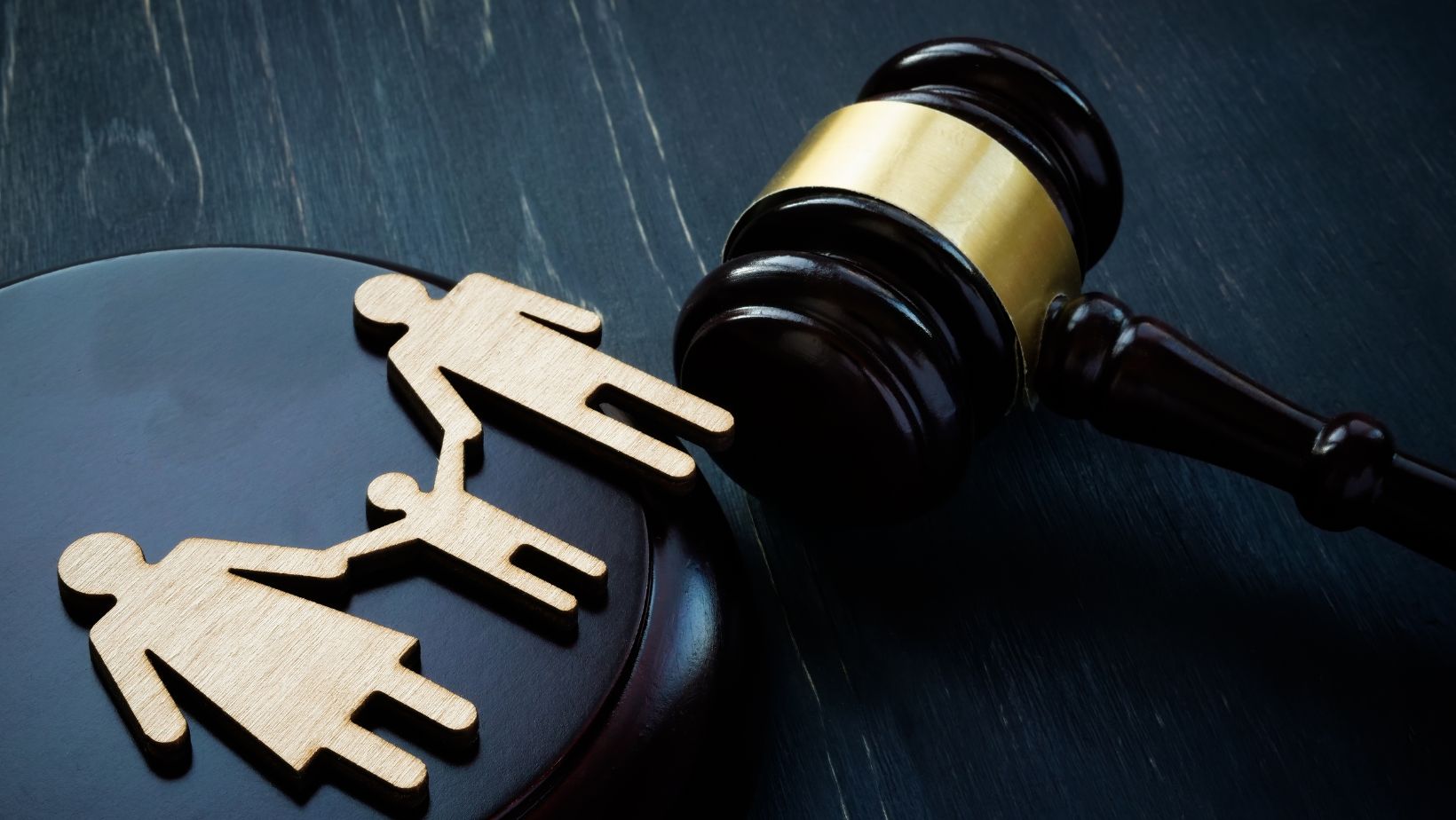
Family court cases often deal with serious and emotional matters like child custody, divorce, or spousal support. To make fair decisions, judges rely on clear and solid facts. Evidence is the key to proving those facts in court. Without proper evidence, it becomes hard to show what really happened or support your claims.
In many cases, video evidence can be especially useful. It shows events clearly and helps the court understand what took place. If you’re involved in such a case, you may wonder how to submit video evidence in family court? Knowing how to collect, submit, and use evidence properly can greatly help your case.
Why Evidence Matters in Family Court
Evidence is what helps the court understand the truth. In family court, each person needs to provide proof to back up their claims. For example, if a parent says they are better suited to care for their child, they need to show evidence that supports this. This is especially important in cases where both parents are seeking shared custody and must demonstrate their capacity to co-parent effectively. Without evidence, the judge cannot know who is telling the truth.
Video evidence is one of the most powerful tools you can use. It shows events in a way that is clear and hard to dispute. For instance, a video might show how a parent interacts with their child or capture an incident that is important to the case.
Types of Evidence Commonly Used
Family court cases can involve many types of evidence, including:
- Documents: Examples include financial records, medical reports, or school records.
- Photos: Pictures can show living conditions, injuries, or other relevant details.
- Witness Testimony: Statements from family, friends, or professionals like teachers can add support to your case.
- Video Evidence: Videos are very strong evidence because they show actual events.
Each type of evidence can help the court see the full picture of the situation.
The Importance of Submitting Evidence Correctly
You cannot simply hand over evidence to the judge and expect it to be used in court. The evidence needs to meet certain standards. It has to be:

- Relevant: It should relate directly to the case.
- Authentic: The court must believe it is real and not tampered with.
- Admissible: It needs to follow the rules of the court.
For example, video evidence must be clear and real. If the video is blurry, edited, or recorded in a way that breaks the law (like secretly recording someone in a state where it is illegal), it might be rejected by the court.
It is a good idea to work with a lawyer when preparing your evidence. Lawyers know the rules and can help you avoid mistakes that could harm your case.
Challenges of Using Video Evidence
While video evidence is strong, it comes with challenges. Sometimes, videos are of poor quality or show only part of the story. Opposing parties may argue that the video is misleading or was edited.
To avoid these issues, make sure your video is clear, complete, and obtained legally. You may also need to provide proof of when and where it was recorded to show it is authentic.
The Role of Evidentiary Hearings in Family Court
When there is a question about evidence, the court may hold an evidentiary hearing. This is a special hearing where the judge decides whether certain evidence can be used in the case.
For instance, if someone submits a video, the other party may argue that it is fake or not important to the case. During the hearing, both sides present their arguments, and the judge makes a decision about whether the evidence will be allowed.
You might wonder, what is an evidentiary hearing in family court? It is simply a process where the judge looks at the evidence to decide if it is trustworthy and fits the rules. These hearings are important because they make sure only fair and reliable evidence is used in court.
How to Strengthen Your Case with Evidence
To present a strong case, your evidence must be well-prepared. Here are some tips to help:

- Stay Organized: Keep your evidence neat and easy to find. Label everything clearly.
- Follow the Rules: Make sure your evidence meets the court’s guidelines.
- Work with Experts: A lawyer can guide you through the process and make sure your evidence is handled correctly.
- Be Honest: Never change or fake evidence, as it could hurt your case.
By following these steps, you can present a stronger case and improve your chances of success.
Conclusion
Evidence is a key part of any family court case. Whether it is a document, a photo, or a video, evidence helps the court understand the facts and make fair decisions. Video evidence can be very powerful, but it needs to be handled carefully to ensure it is accepted by the court.
If there is a dispute about evidence, the court may hold an evidentiary hearing. This process helps the judge decide if the evidence is fair and can be used in the case. An evidentiary hearing in family court is an important step that makes sure the court relies on trustworthy information. By following the rules and working with professionals, you can present strong evidence and build a solid case.










